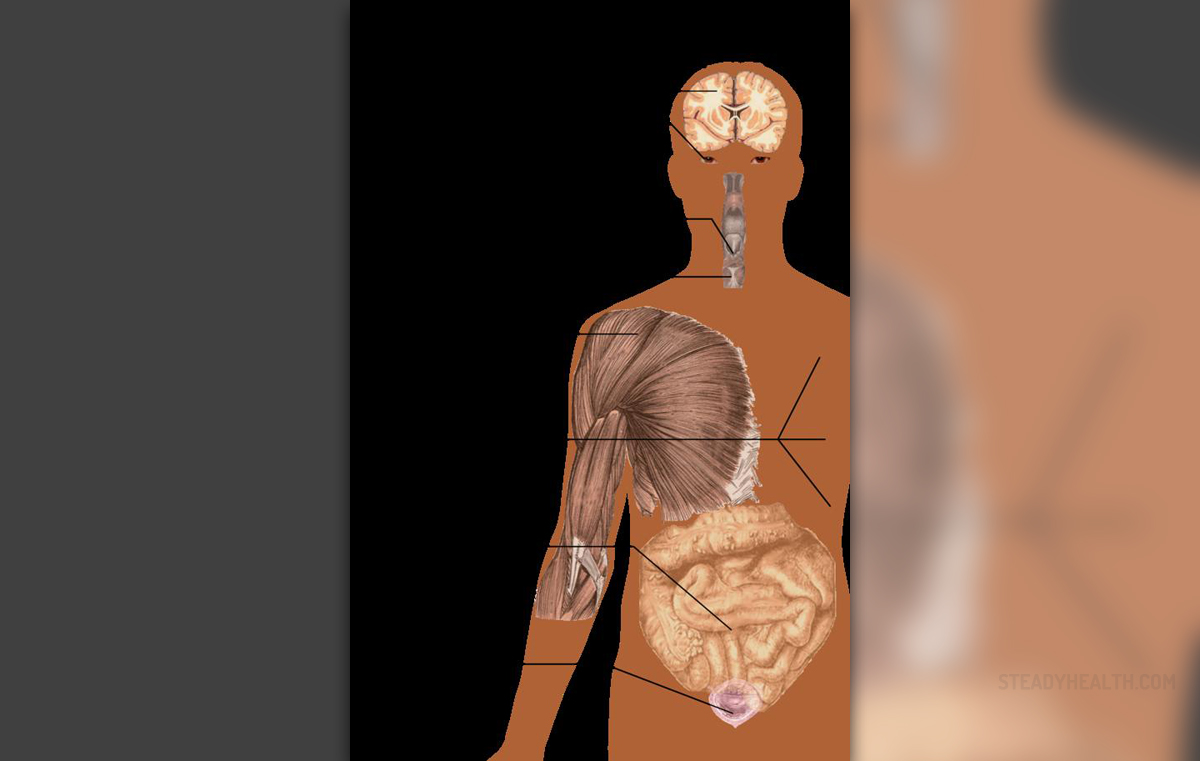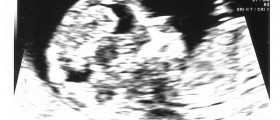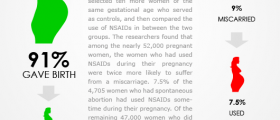
The loss of pregnancy in the first 20 weeks is called miscarriage. Sometimes, this event is referred to as to spontaneous abortion, and it is the most common complication of early pregnancy. It may come as a surprise, but 10 to 20 percent of all pregnancies end in miscarriage. In most cases, the miscarriage takes place before 12 weeks.
Causes of miscarriage
In most cases, first-trimester miscarriages are random events. They possibly result from chromosomal abnormalities in the fertilized egg that prevents the egg to develop normally. In other cases, spontaneous abortion results from problems in the early development. Most commonly, miscarriage occurs when the egg fails to implant properly into the uterus. Similarly, en embryo with structural defects may form, preventing the egg from developing normally. In most cases, doctors will conduct detailed evaluation after a number of consecutive miscarriages, to find a true reason behind them. In case of chromosomal problems, women usually have something that is called “an empty sac” or blighted ovum. If this is the case, fertilized egg implants in the uterus and gestational sac begins to develop, while the embryo fails to grow. Placenta will continue developing normally, and secreting hormones, which will trigger classic pregnancy symptoms. Only after the ultrasound it will become evident that a gestational sac is empty. The chances of having a spontaneous abortion are decreasing after the 6th week.Signs and symptoms of miscarriage at 6 weeks
In most cases, first sign of spontaneous abortion is some vaginal spotting or bleeding. However, this is also one of the common symptoms of early pregnancy that occurs in about 25% of all cases. Bleeding and spotting usually involves just a couple of drops of blood found on the underpants or on toilet tissue. In the case of miscarriage, this bleeding will be followed with abdominal pain that may be mild or severe in nature. Women may feel cramps, pain in the lower back or feeling of pressure and fullness in the pelvic area. Women are advised to seek medical attention whenever they experience something bothersome during the first couple of weeks of pregnancy. This is especially important for women that are Rh-negative, unless their partner is also Rh-negative.
At 6th week, the baby’s heartbeat should be visible on ultrasound. If there is no sound of the heartbeat during the examination or if a doctor notices that uterus isn’t growing properly, it probably means that embryo has stopped developing. Bleeding and cramping are then confirmed as symptoms of miscarriage.

















Your thoughts on this
Loading...